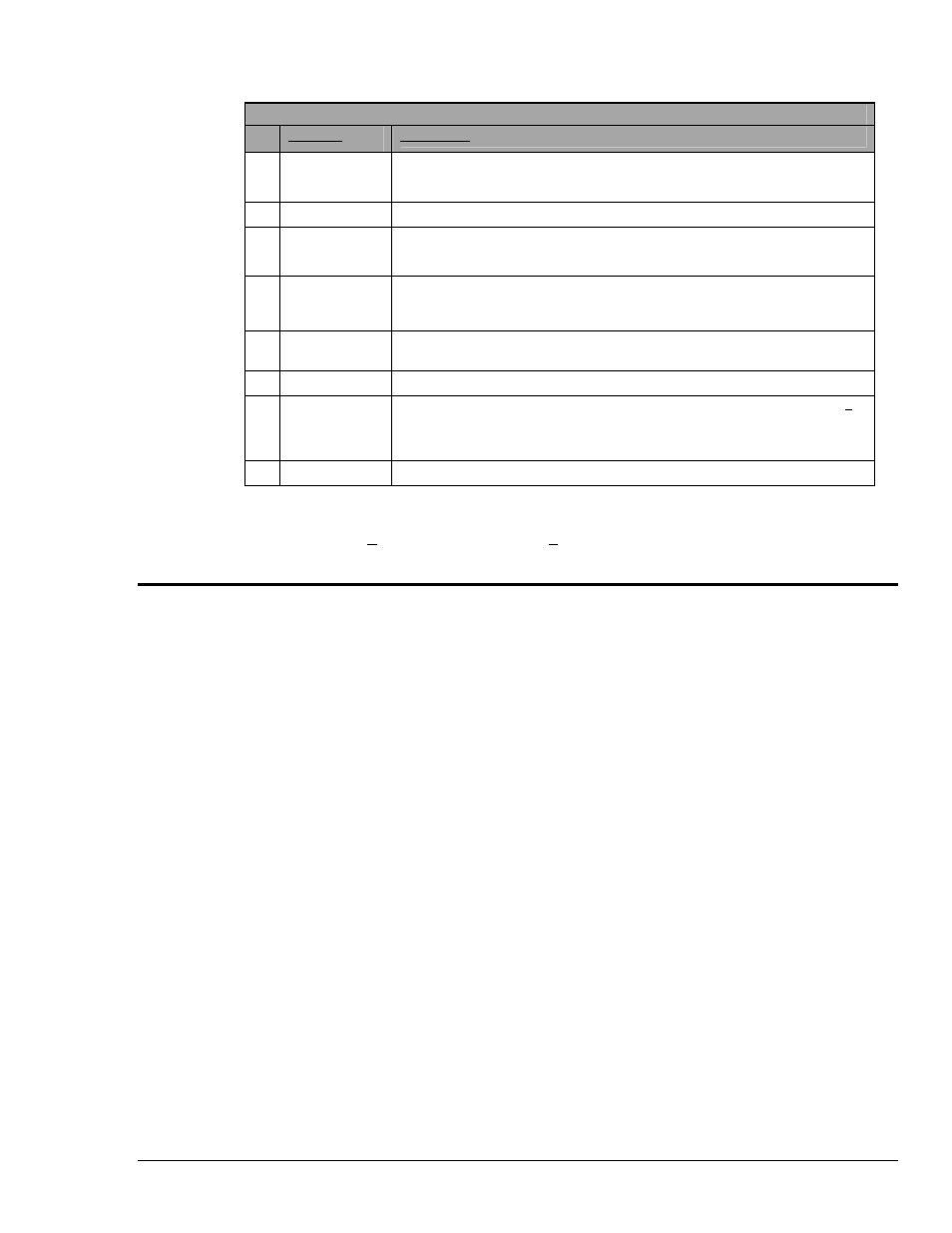Setup window, Channel & alarm setup dialog box ……cv-37, Channel & alarm setup dialog box – Measurement Computing TempScan/1100 User Manual
Page 169

Software Reference
988992
ChartView , CV-37
Configure Meter Settings, Function Descriptions
Function
Description
1 Select
Channel Select a new channel for display. The selected channel will replace the one currently seen in
the meter. Note, double-clicking the left mouse button in the meter region will also bring up
a dialog box that allows you to select a new channel.
2 Set
Scale
Set the high and low points of the scale, as well as define the decimal place format.
3
Show Peak Hold
Indicator
Places high and low uni-directional floating markers on the scale to indicate the highest and
lowest values reached up to the present time. This feature does not apply to the Digital
Meters selection.
Reset Peak Hold
Indicator
Resets the floating markers. Upon reset, the markers will instantly adjust to indicate the
highest and lowest values reached since the time of the reset. This feature does not apply to
the Digital Meters selection.
4 Show
Trend
Indicator
Displays a pointer to indicate the direction of the trend. Note, during rapid meter fluctuations
the increase and decrease pointers will appear to blink simultaneously.
5 Set
Limits
Provides a way of establishing high and low limit set-points.
Show
Limits Displays limits in color (red for high, blue for low). The color is applied to scale regions >
the set limit values. For Digital Meters, the limits are indicated by red numbers and an upper
red bar for hitting or exceeding the high limit; and blue numbers and a lower blue bar when
reaching or exceeding the low limit.
6 Properties
Allows setting and showing limits, as well as opening the Scale dialog box.
You can access a different dialog box from the one initially selected. For example, from the Set Scale
dialog box you can select Limits to access the Set Limits/Show Limits display, as well as select
“Misc.” to “Show Trend Indicator” and “Show Peak Hold Indicators.” You can use the Simulated
Instrument mode to familiarize yourself with various meter configuration options.
Setup Window
The Setup Window is used to configure channels, setup acquisition parameters, and assign data
destinations, and configure the Auto Re-Arm feature. The Setup Window contains three tabs: Channel
and Alarm Setup, Acquisition Setup, and Data Destination. Once in the Setup window you can access
an inactive dialog box by clicking on its related tab. The three tabs remain visible; regardless of which
dialog box is active.
Access the Setup window using one of the following methods:
• Use the Setup pull-down menu (on ChartView’s main window) and select the desired
dialog box (Channel and Alarm Setup, Acquisition Setup, or Data Destination)
• Double-click the Channel Configuration button (item 8, main window figure), then click
on the appropriate dialog box tab
Channel & Alarm Setup Dialog Box
The Channel and Alarm Setup dialog box consists primarily of a configuration spreadsheet. The
dialog box allows you to configure the input channels, and displays them. Each row shows a single
channel and its configuration. The number of rows may vary (depending on the number of channels
present in your acquisition system). Four of the columns (On, Type, Label, and Units) allow blocks
of cells to be selected and altered at the same time. Clicking on one of these column headers selects
the entire column.
When a cell is selected, the message box reveals a note, and often a related pull-down list. In the
following figure, the cell for channel “Type” has been selected. This caused the “CHOOSE TYPE->”
message to appear, along with the type pull-down menu. Depending on the column, you can make
changes to the information contained in the cell by either of the following methods:
• double-clicking the cell with the mouse
• highlighting the cell and typing in the new value or label
• selecting from a list
• using copy (Ctrl+C) and paste (Ctrl+V) functions
